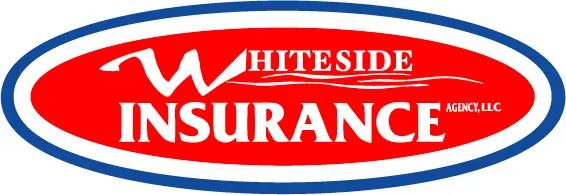If you’ve driven for many years, you’ve probably seen the “Check Engine” light come on in the dashboard of your car at least once. You are in good company. 10% of all cars on the road are driving around with the Check Engine light on. If that’s never happened to you, or if you have a new teenage driver in the house, I’ll share a few things with you that can keep your anxiety levels down before you head to the repair shop.
Don’t panic.
If the light is not flashing, don’t panic. You can keep driving. These lights all look a bit different depending upon the car you drive, but they usually are shaped like an engine, or say “Check Engine” or both. If it’s a solid color, you don’t need to slam on the brakes in traffic.
If the light is flashing, or if your oil or temperature light comes on at the same time, pull over as soon as you can safely do so. A flashing light means it’s much more urgent, and your engine could be at risk. Call a shade-tree mechanic friend. Most of us one of those, and they are good to have on speed dial. Let them advise you. If they don’t answer their phone, call a tow truck.
Here’s what it could be:
Different websites list a different number of things your Check Engine light could mean. There’s even a blogger who gives voice to the frustration many people feel when it comes on. So I’ll list the 5 most common things that this light can mean, and maybe you won’t feel so powerless and frustrated:
Loose gas cap.
Yes. Really. Your vehicle could simply be telling you… “hey, my gas cap is loose or cracked!” Then why doesn’t it just say so? I don’t know. But a loose gas cap can cause the entire system to mix gas and oxygen improperly, and eventually mess with the performance of your vehicle. Fortunately, this is the easiest thing in the world to check and the cheapest problem to fix.
Faulty oxygen sensor.
Yeah, I know… what the heck is an oxygen sensor? Basically it’s a very small computer in the engine compartment that tells the engine how much oxygen and fuel to mix. You probably have between two and four of these little gizmos in your car. When they go bad (and they always do eventually), they send either too much or too little oxygen to the engine, and you get a very rough ride. And you pollute the atmosphere. The good news is that they don’t cost a fortune to fix, and as long as your car is running, there’s no need to take care of it right this minute. This is the most common thing wrong when the check engine light comes on.
Bad catalytic converter.
Good news: this one can be dealt after you save up for the repair. Bad news: it’s the most expensive of the problems I’m listing, (it can cost up to $2,000) and it does need to be fixed. If it’s bad, you won’t pass any required emissions tests in your community. Your mileage will suffer. You will pollute the air. Eventually your car can suffer major problems. This is a tough repair. You’ll need a real mechanic to replace it.
Faulty mass airflow sensor.
This is another car part similar to the oxygen sensor. It’s not very big. It does what it sounds like; it senses air flow to the engine and sends signals to the car to adjust things so everything works just right. If it goes bad, it can also cause the oxygen sensor to go bad. The good news: it’s not super expensive, and it’s easily replaced. Just like the oxygen sensor, there’s no need to panic. You can schedule a repair for next payday.
Aging spark plugs and wires.
The good news: your shade-tree mechanic friend can probably fix this. On most cars, this is a Sunday afternoon task. And like all of these common engine light alerts, it can wait a bit. But you do want to replace these. They can make your engine run rough, hurt your mileage and eventually cause problems for your (expensive) catalytic converter.
Here’s what you should do:
Assuming the light isn’t flashing, and it’s the only light that stays on, here’s a simple plan:
- Don’t slam on the brakes in panic.
- Finish your errands. You can visit your mechanic on the way home.
- Check your gas cap for cracks. Tighten it. You might get lucky and the light goes away. If the cap is cracked, get to an auto parts store and buy a new one.
- If it’s not the gas cap, stop by your favorite auto repair shop and ask them to hook up their fancy and expensive diagnostic computer to your car. This tool will spit out codes that will tell your mechanic exactly what’s wrong. Now you know what you are facing, along with the cost to fix it. There is almost never a charge to diagnose the problem.
- Schedule a time to get the problem fixed. If you’re short of money, it probably can wait until you get paid or you can increase the credit line on your charge card. But it can’t wait forever. You do need to fix it. Discuss your options with your mechanic. He or she will tell you if it’s safe to keep driving. You can even get a second opinion. Just don’t panic.
I hope this helps. If you want to read more, check out LifeHacker’s pretty good post on this.
Need an insurance quote? Call me at (830) 693-8881.
